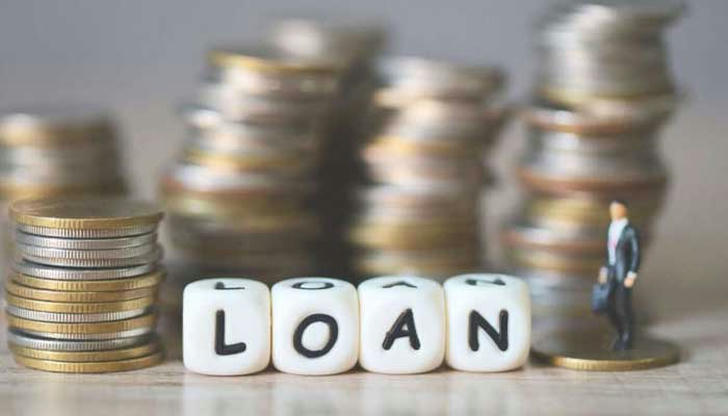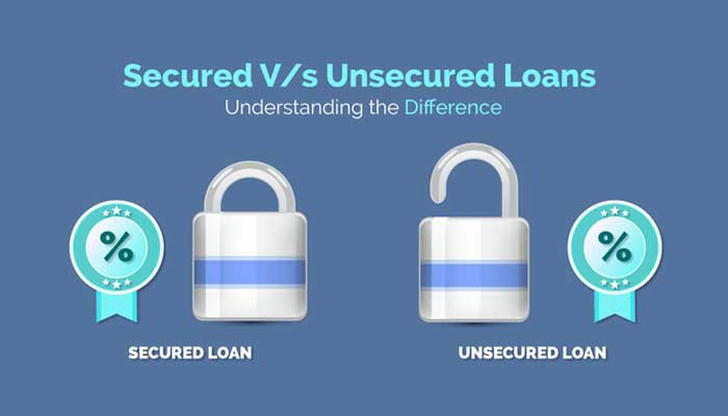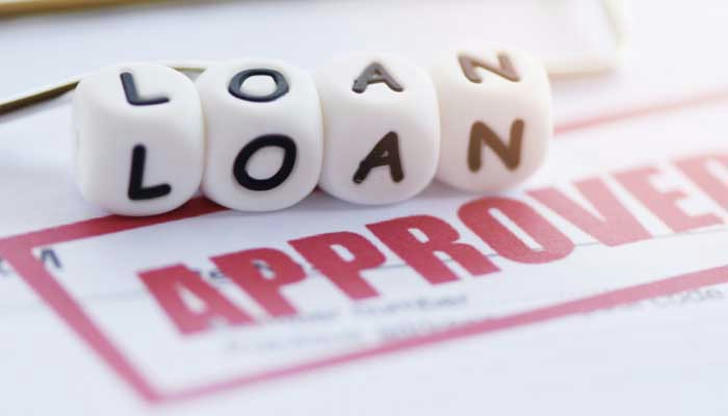Your Essential Guide to Personal Loans: Secured vs. Unsecured Demystified

Understanding the differences between secured and unsecured personal loans is essential for anyone considering borrowing money. Each type of loan has its unique characteristics, benefits, and drawbacks, which can significantly impact a borrower’s financial situation. This article explores these differences, addressing common questions and providing suggestions to help you make an informed decision.

What Are Secured and Unsecured Personal Loans?
Secured personal loans require the borrower to provide collateral—an asset that the lender can claim if the borrower defaults on the loan. Common forms of collateral include real estate, vehicles, or savings accounts. Because these loans are backed by assets, they typically come with lower interest rates and allow for larger borrowing amounts. This makes secured loans appealing to those who may need significant funds and have valuable assets to offer as collateral.
In contrast, unsecured personal loans do not require any collateral. Instead, lenders evaluate the borrower’s creditworthiness based on their credit score, income, and financial history. While this makes unsecured loans more accessible for those without significant assets, they often come with higher interest rates and stricter qualification criteria. The absence of collateral means that lenders take on more risk, which is reflected in the loan terms.

Key Differences Between Secured and Unsecured Loans
• Interest Rates: Secured loans generally have lower interest rates due to reduced risk for lenders. Unsecured loans typically carry higher rates as they are not backed by any asset.
• Loan Amounts: Secured loans often allow for larger borrowing amounts since they are backed by collateral. Unsecured loans may have lower limits based on the borrower’s credit profile.
• Eligibility Requirements: Secured loans may be more accessible to borrowers with lower credit scores because the collateral reduces lender risk. Conversely, unsecured loans usually require a higher credit score and a strong financial history.
• Approval Process: Unsecured loans typically offer faster approval times since there is no need to assess collateral. This can be advantageous for borrowers needing immediate funds.
• Risk of Default: If a borrower defaults on a secured loan, they risk losing their collateral. In contrast, while defaulting on an unsecured loan does not involve asset seizure, it can severely damage the borrower’s credit score and lead to collections.

Suggested Considerations When Choosing a Loan
To help you make an informed decision between secured and unsecured loans, consider the following points:
1. Types of Collateral for Secured Loans: If you opt for a secured loan, think about using common forms of collateral such as real estate or vehicles. These assets provide lenders with security and can help you secure a loan with better terms.
2. Interest Rates on Unsecured Loans: Be aware that unsecured loans generally have higher interest rates due to the increased risk for lenders. If you have good credit, you might still find competitive rates; however, it’s essential to compare offers from different lenders.
3. Consequences of Defaulting on Secured Loans: Understand that if you default on a secured loan, the lender has the right to seize your collateral. This could lead to losing your home or vehicle, so consider your ability to repay before taking this route.
4. Loan Amounts with Secured Loans: Recognize that secured loans usually allow for larger borrowing amounts because they are backed by collateral. If you need a significant sum for expenses like home renovations or debt consolidation, this might be a more viable option.
5. Qualification for Secured vs. Unsecured Loans: Keep in mind that securing a loan may be easier if you have collateral to offer. Secured loans often have less stringent eligibility requirements compared to unsecured loans, which typically require higher credit scores.

6. Approval Speed for Unsecured Loans: Expect a faster approval process with unsecured loans since there is no collateral evaluation involved. This can be beneficial if you need funds quickly for emergencies or unexpected expenses.
7. Risks Associated with Unsecured Loans: Be aware that while you won’t lose any assets if you default on an unsecured loan, failing to repay can significantly damage your credit score and lead to collections.
8. Usage Flexibility of Personal Loans: Generally, both secured and unsecured personal loans can be used for various purposes; however, some lenders may impose restrictions on how you can use the funds from secured loans.
9. Deciding Between Secured and Unsecured Loans: Assess your financial situation carefully when deciding which type of loan is right for you. Consider factors like your credit score, whether you have collateral to offer, and how urgently you need the funds.
10. Comparing Personal Loan Options: When comparing personal loans, evaluate interest rates, terms, fees, and eligibility requirements across different lenders to find the best option that suits your needs and financial situation.

Conclusion
Choosing between secured and unsecured personal loans depends on your individual financial circumstances and needs. Secured loans can provide lower interest rates and higher borrowing limits but come with the risk of losing your collateral if you default. On the other hand, unsecured loans offer greater flexibility without risking your assets but usually at a higher cost in terms of interest rates.
Before making a decision, it’s essential to assess your financial situation carefully and consider factors such as your credit score, income stability, and how quickly you need funds. By understanding the nuances of both types of personal loans and considering these suggested points, you can select the option that best aligns with your financial goals and needs. This revised version enhances logical flow by clearly defining concepts before diving into details while ensuring smooth transitions between sections for better readability.
